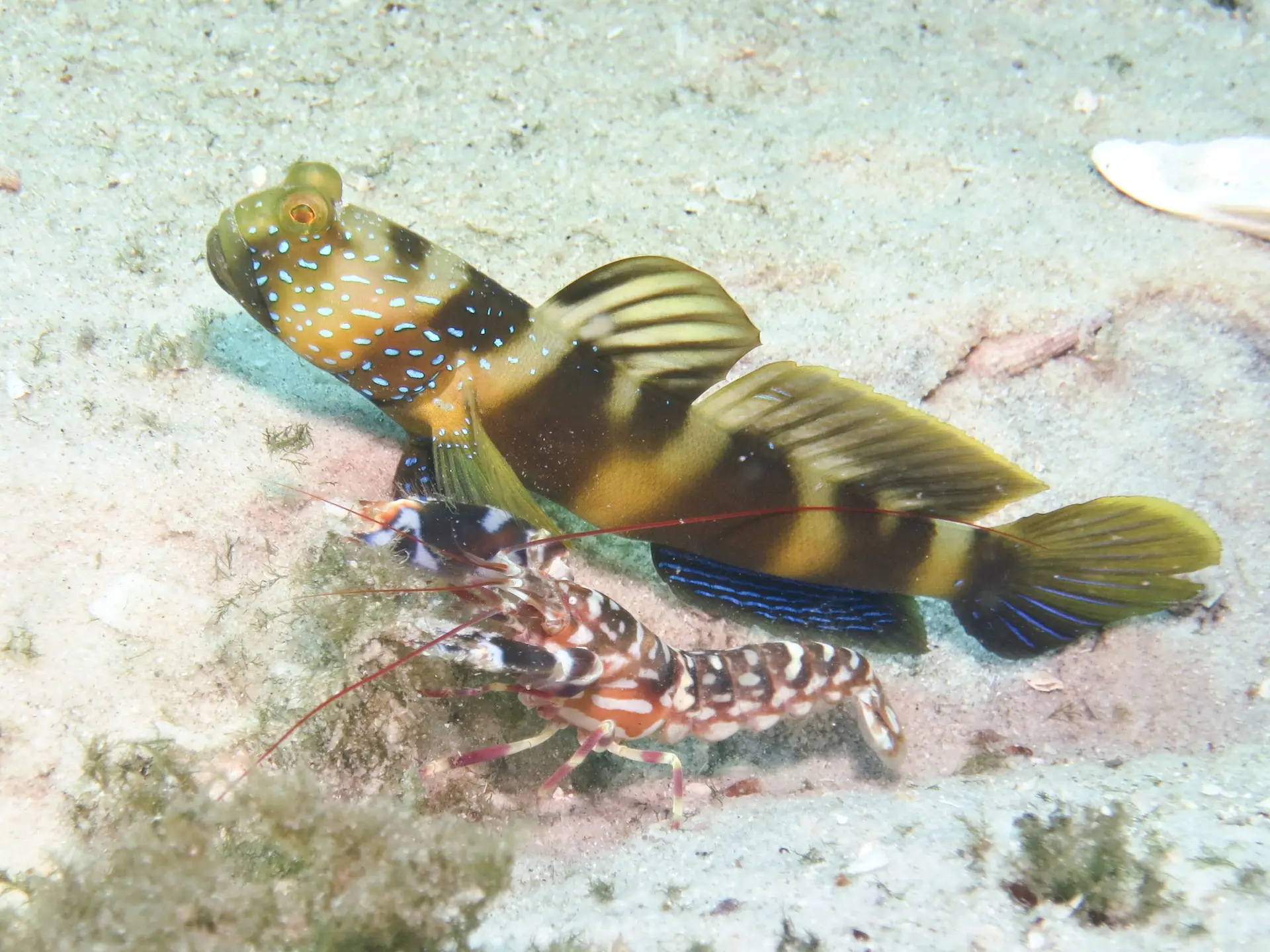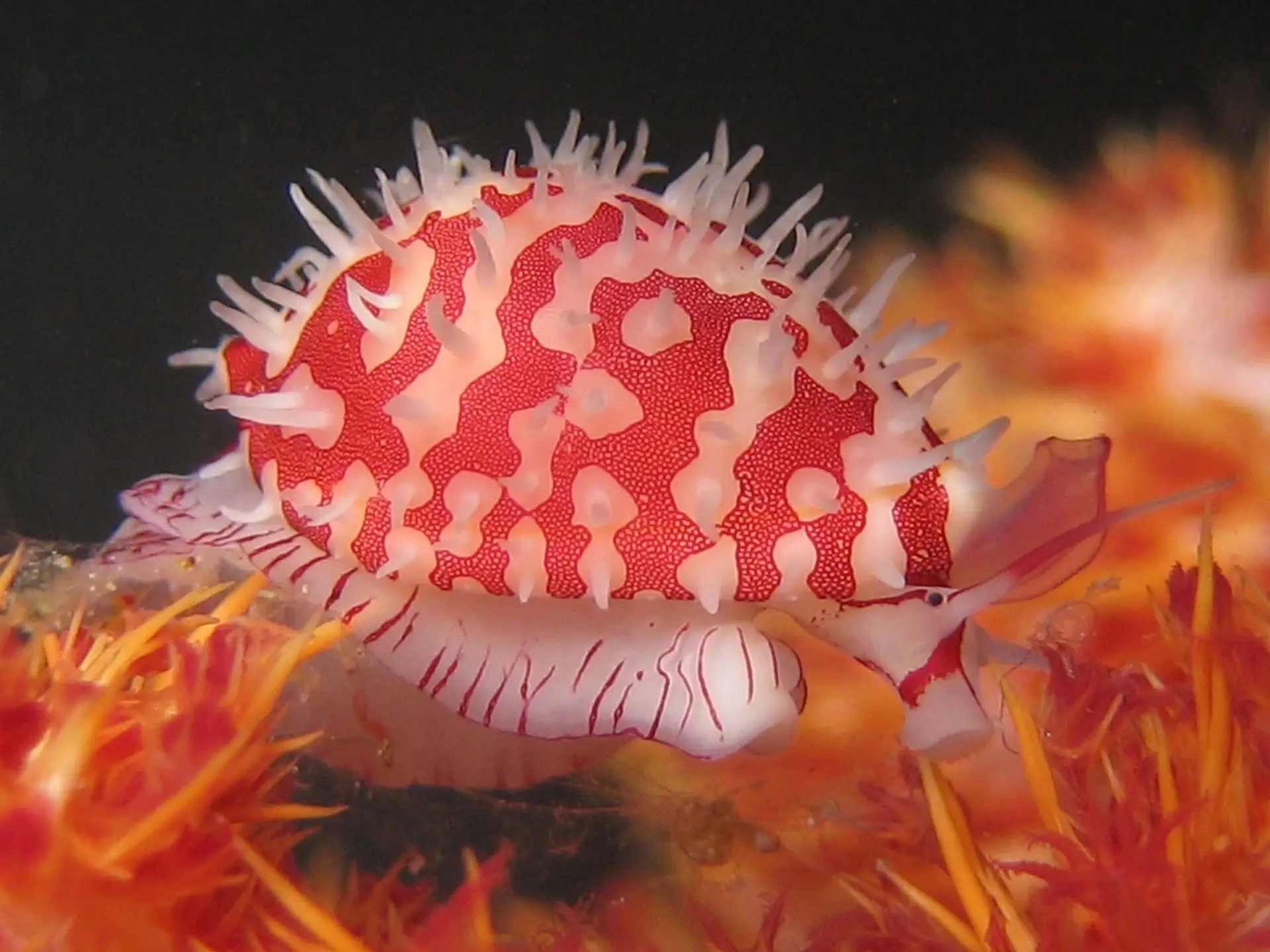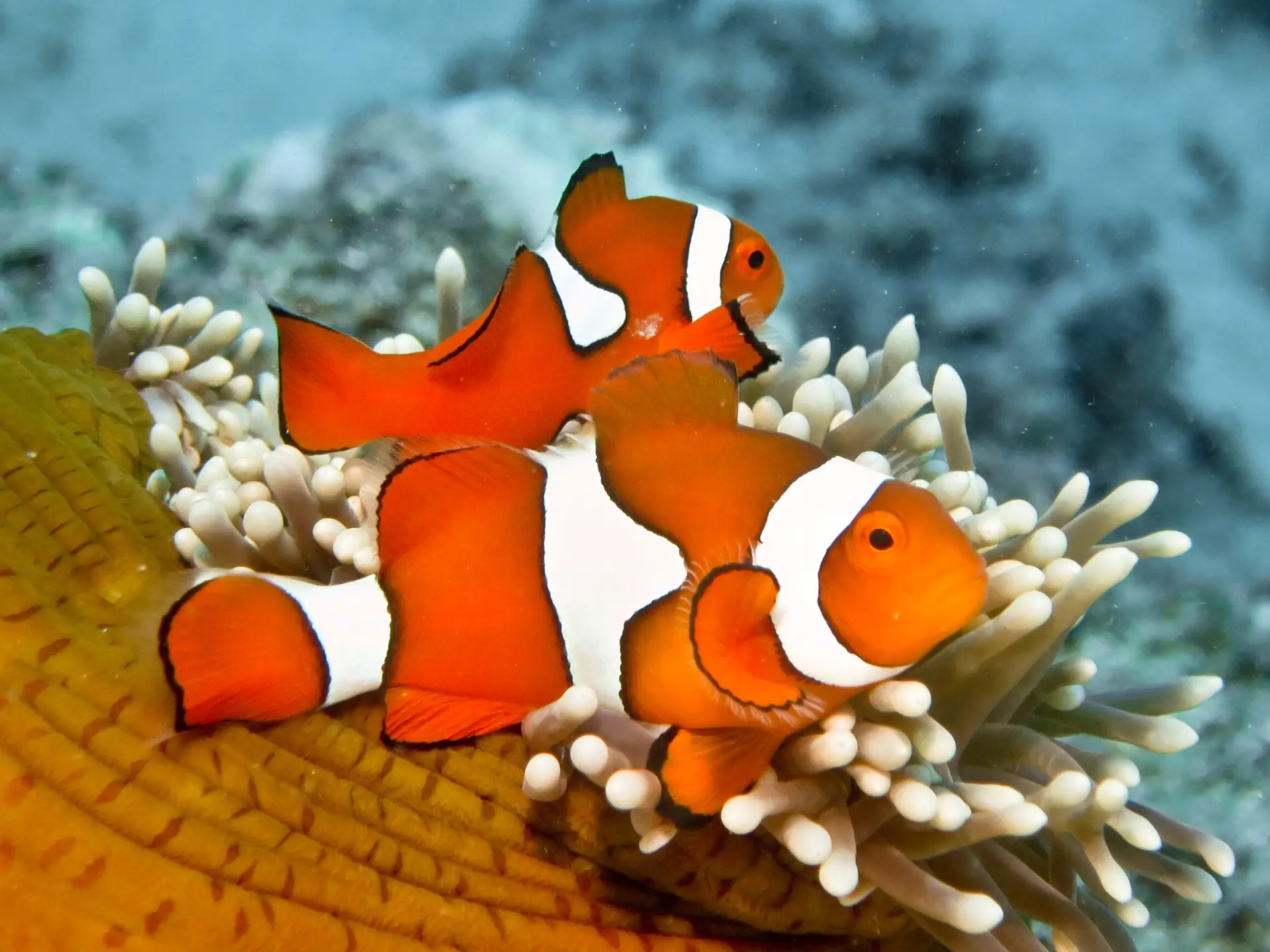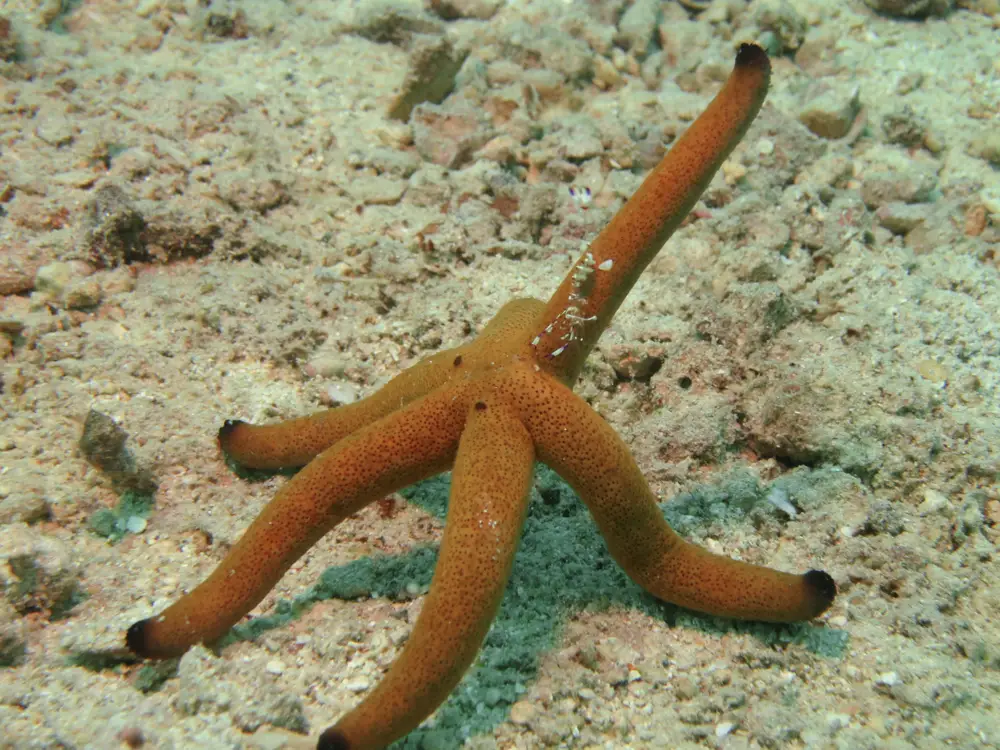Marine Symbiosis
Interdependent marine organisms that sustain each other and thrive together.
Symbiosis is a scientific term used to describe a close and long-lasting relationship between two different living organisms. In this type of relationship, the organisms involved often live in close physical proximity to each other and have evolved together over time. In many cases both organisms rely on each other for survival.
There are three main types of symbiotic relationships:
- Mutualism: In mutualistic symbiosis, both organisms involved benefit from the relationship. For example, certain species of ants and aphids have a mutualistic relationship where the ants protect the aphids from predators and in return, the aphids secrete a sugary substance called honeydew, which the ants feed on.
- Commensalism: In commensalism, one organism benefits from the relationship while the other is neither helped nor harmed. An example of this is the relationship between barnacles and whales. Barnacles attach themselves to whales and feed on small organisms in the water, while the whales are unaffected by their presence.
- Parasitism: In parasitic symbiosis, one organism, called the parasite, benefits at the expense of the other organism, called the host. Parasites often live on or inside the host organism, causing harm or inconvenience.
These symbiotic relationships are widespread and play important roles in ecosystems, influencing population dynamics, species distributions, and even the evolution of species.
Odd Couples
We study how different sea animals help each other. Like fish that live in sea anemones, and shrimps that share homes with gobies. We have spent thousands of hours underwater, taking photos and learning about these amazing partnerships!

Shrimps & Shrimpgobies
Shrimpgobies and shrimps share a burrow for protection from predators. Shrimpgobies watch out for predators, warning the shrimps with a swish of their tail. They also defend the burrow. The shrimps build the burrow, provide breeding chambers and clean the fish which helps maintain their health and hygiene. They mutually help each other to obtain food .

Ovulids & Octocorals
Ovulid molluscs live on octocoral colonies, such as sea fans and soft corals, gaining shelter and protection from predators. They may also benefit from food resources and exhibit camouflage to blend in with their surroundings.

Anemones & Anemonefish
Anemonefish are protected by the stinging tentacles of the anemone, while providing nutrients and protection to the anemone. The fish also help to keep the anemone clean and defend it from predators. In return, the anemone provides shelter and protection to the anemonefish and a safe breeding ground for their eggs.

Commensal Shrimps
Commensal shrimps establish a relationship with certain fish species or other organisms, where the shrimp clean parasites and debris from the fish's body and in return, gain protection and access to food sources. This relationship benefits both parties involved by improving the fish's health and reducing parasite loads.
